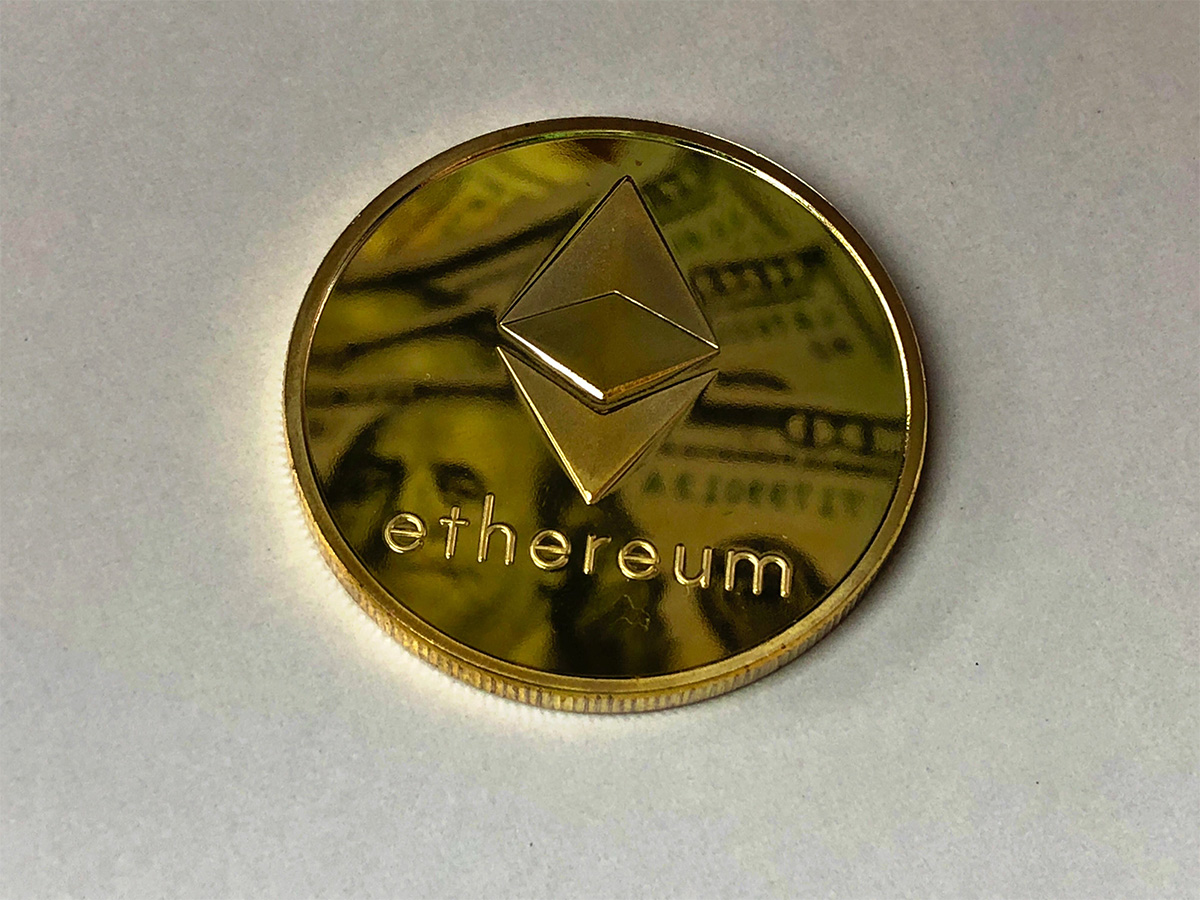Ethereum: A Resilient Giant in the Crypto Arena Facing New Challenges

The blockchain giant that stands as a formidable rival to the recently emerged Solana has seen its transaction fees soar by an impressive 30%. This sudden increase has left many wondering: Is the Ethereum network experiencing a crisis?
A Flourishing Ecosystem
Behind this surge lies a whirlwind of network and development activity. Ethereum’s ecosystem, known for its flexibility and adaptability, is currently brimming with developers and innovators. The 30% uptick in trading fees is not just a random fluctuation; it’s a direct reflection of the intensifying work being done on the Ethereum platform.
One of the prominent trends within the Ethereum ecosystem is the seamless ability to deposit and withdraw using Ethereum smart contracts. This functionality empowers users to engage in decentralized finance (DeFi) activities, such as yield farming, liquidity provision and lending, without relying on traditional financial intermediaries.
The Crypto Market’s Historical Pattern
Interestingly, the state of the network mirrors a pattern often seen in the crypto world. Historically, periods of retracement and correction on the cryptocurrency market have been accompanied by spikes in developmental activity.
This phenomenon is straightforward to understand: when the market takes a step back, it often presents an opportune moment for developers to dive in. It is akin to building the foundation of a house during calm weather, ensuring that it stands firm during a storm.
Thriving During Market Lulls
These moments of market calm, paradoxically, are buzzing with innovation. Developers and entrepreneurs are aware that launching projects during these times can be strategically advantageous. With the market in a lull, newer assets and initiatives have room to grow, breathe and establish themselves.
Moreover, these periods are magnets for new investors, many of whom are hungry for fresh opportunities. These investors often perceive newer projects as more lucrative compared to assets that have already peaked and reversed.
Ethereum’s Current State and Challenges
As Ethereum’s fees continue their upward trajectory, the underlying message is clear: Ethereum is alive and kicking. The platform, with its decentralized applications and smart contracts, is once again proving its worth in the crypto sphere.
ETH’s price is trading at a key resistance level, but data highlights why the altcoin could struggle to hold $1,900. The price of Ether surged by 6.2% from Nov. 3 to Nov. 5, but the altcoin is facing difficulty breaking the $1,900 resistance. Despite the current bullish trend, Ether’s 17% return over the last 30 days falls short of Bitcoin’s impressive 27% gain during the same period.
Regulatory Hurdles and Ecosystem Centralization Critiques
Analysts attribute some of Ether’s underperformance to uncertainty surrounding Consensys, a key player in the Ethereum ecosystem. Former employees have filed a lawsuit against the company and its co-founder Joseph Lubin. Over two dozen shareholders of the Swiss holding company, Consensys AG, claim that Lubin, who is also a co-founder of Ethereum, violated a “no-dilution promise” made in 2015.
Regulatory Challenges and Critiques of Centralization
Regulatory challenges have hampered the growth of the Ethereum ecosystem. The latest concern centers around PayPal’s U.S. dollar-pegged stablecoin, PYUSD, which operates on the Ethereum network. This token is designed for digital payments and Web3 applications. On Nov. 2, PayPal disclosed a subpoena it received from the United States Securities and Exchange Commission.
In addition to regulatory pressures, there has been notable criticism of the decentralization of financial applications within the Ethereum network. Several major altcoins have outperformed Ether, with returns of 75.5%, 37%, and 35% in the last 30 days, respectively. This discrepancy suggests that the factors holding back ETH are not solely related to regulatory pressure or reduced demand for the decentralized finance and nonfungible token markets.
Reduced Total Deposits and DApp Activity
Moreover, the total deposits on the Ethereum network have dropped to their lowest levels since August 2020. It’s essential to note that this analysis does not consider the effects of native Ethereum staking. According to DefiLlama data, Ethereum DApps had a total value locked (TVL) of 12.7 million ETH on Nov. 5, down 4% from the 13.2 million ETH two months earlier.
Competition and User Activity
Even excluding the significant 60% decline in the Uniswap NFT Aggregator, the average number of active addresses across the top Ethereum network DApps decreased by 3% compared with the previous month. In contrast, Solana’s top applications saw an average 18% increase in active users during the same period, according to DappRadar data.
On-Chain Activity and ETH Deposits
Finally, on-chain activity indicates increased user deposits of ETH at exchanges. While this data doesn’t necessarily signal short-term selling, the mere availability of coins is typically viewed as a precautionary measure by analysts. The present daily ETH deposit average of 255,614 represents a 30% increase from two weeks earlier, indicating that holders are more inclined to sell as Ether’s price approaches $1,900.
Conclusion and Future Outlook
The data suggests that reduced TVL, declining DApps activity, and a higher rate of ETH exchange deposits are negatively impacting the likelihood of Ether breaking the $1,900 resistance. The price level could be more challenging than initially expected, and for now, Ether bears can take a breath. Ethereum, like the crypto market itself, faces both challenges and opportunities as it continues to evolve and adapt.

